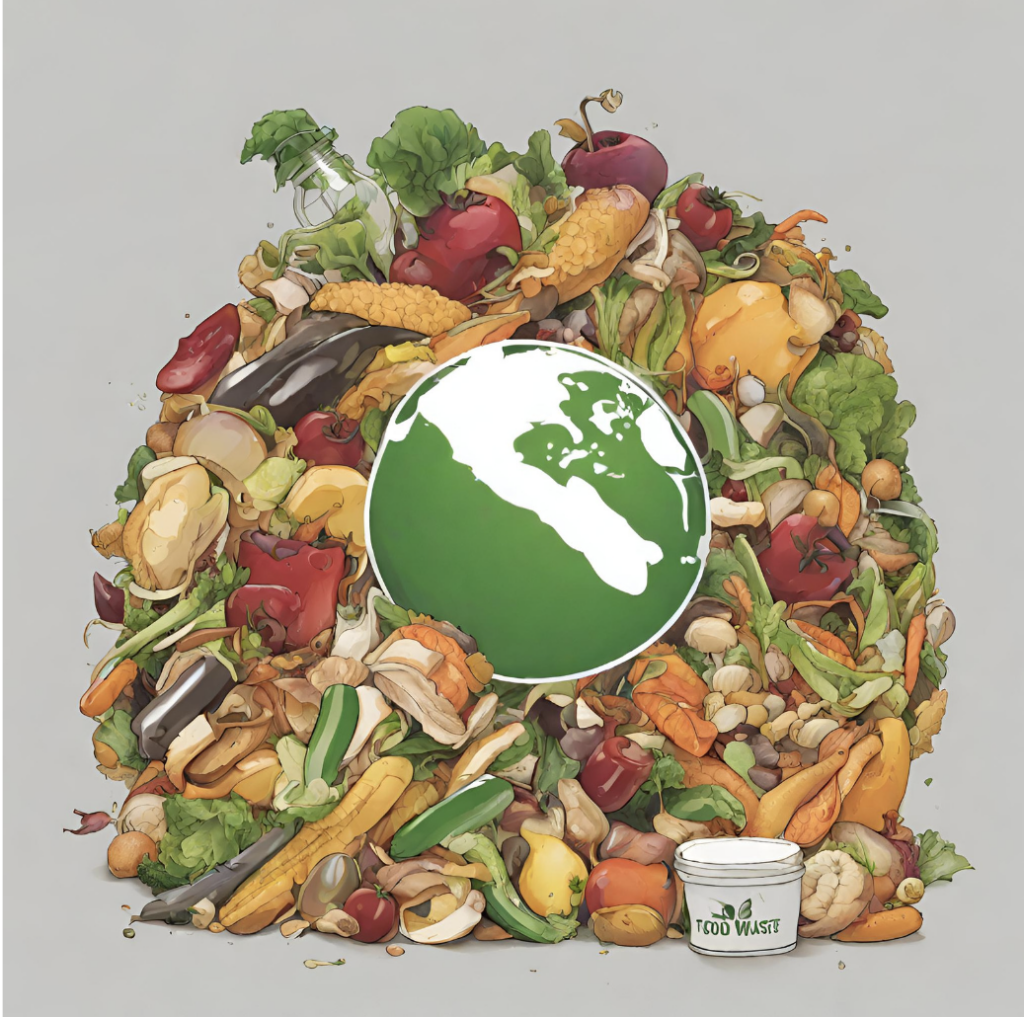Food News & Trends
More Packaging May Reduce Food Waste
The results, according to Ameripen, which sponsored consumer study from Michigan State University, will encourage further conversation about date labeling and striking a balance between freshness attributes and weight concerns.
Produce and other items may be kept fresher longer thanks to packaging, which can also reduce food waste if customers are more aware of these technologies. That is one of the conclusions drawn from research conducted by the School of Packaging at Michigan State University, which was recently published in a white paper.
According to data released by the U.S., the amount of food waste in landfills in the country increased between 1990 and 2020 and is responsible for 58% of fugitive methane emissions from municipal solid waste dumps. this year’s EPA. 40% of the food supply is wasted annually, with 43% of it occurring at the consumer or household level, according to figures quoted by researchers.
The Environmental Research & Education Foundation and Ameripen provided funding for a study that polled over a thousand Americans. Ameripen stated that it was interested in learning how packaging may help minimize food waste in homes as well as how much consumers knew about the benefits and uses of food packaging. Eva Almenar and Korey Fennel from MSU presented their findings last week at a webinar.
Among other things, the poll asked about customers’ knowledge of packaging types and willingness to pay extra for packaging that minimizes food waste.
According to the report, families squander the most entire fruits and vegetables, especially lettuce and bananas, but they also frequently waste dairy products, prepared packaged foods, and leftovers. According to the white paper, “the two main causes of food waste in American households are half-eaten packaged food products and food without packaging that spoiled before it was eaten], indicating there is opportunity for improved packaging design to help consumers with extending shelf life, reuse, and size.“
According to research, consumers’ most common packaging choices that led to food waste in the home were “no packaging,” “bag/pouch,” and “tray with wrap, film, or snap fit lid.” Even though customers’ knowledge of packaging technology is “limited” at the moment, researchers found that “they would pay more for food contained in packaging that extends freshness and shelf life.”
“Some food products, especially produce, would benefit from packaging technologies designed to extend their shelf lives and thereby reduce food waste,” the researchers said in their white paper’s conclusion.
In the webinar, Fennel stated, “There’s a need to design packaging for produce that is currently not packaged; most of the produce in this study that was wasted stemmed from no packaging at all.” She also stressed the significance of “intelligent packaging,” which has the potential to reveal food products’ shelf lives. Researchers also came to the conclusion that going future, education may be most effectively tailored to particular demographic groupings.
Ameripen’s program director, Kyla Fisher, who moderated the webinar, stated that the policy group examined the findings in order to assess potential legislative consequences. In terms of striking a balance between food waste and packaging waste, what does this mean?
Fisher acknowledged that issues over packaging waste exist in addition to the “loud and clear to us” imperative of balancing the benefit of packaging for lowering climate emissions. Grocery chains worldwide have set plastics reduction objectives and efforts, and advocacy groups like Beyond Plastics and Environment America, for instance, have asked grocery stores to use less plastic packaging. Almenar recommended that further studies be conducted to compare the effects of packing and food preservation on the environment.
Fisher added that despite the fact that these “aren’t official Ameripen policy positions,” the findings would encourage discussion about standardizing and simplifying date labeling. Customers appreciated features like zippers on packaging, according to Ameripen, but it’s not obvious how to find a middle ground between these elements and states trying to reduce packing weight. According to Fisher, Ameripen is also unsure about how to strike a balance between the best on-pack labeling and a sincere message and greenwashing.


